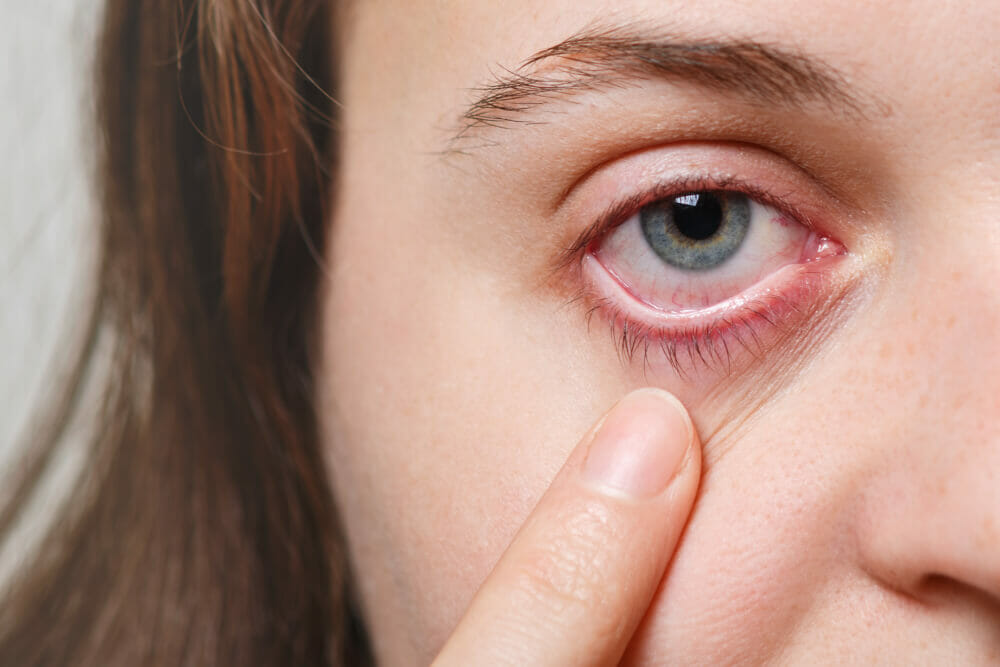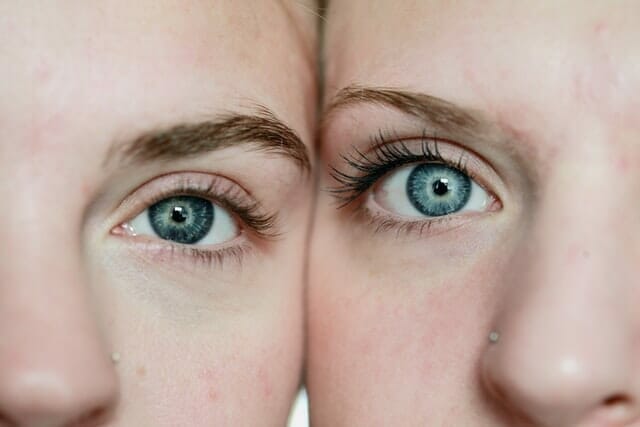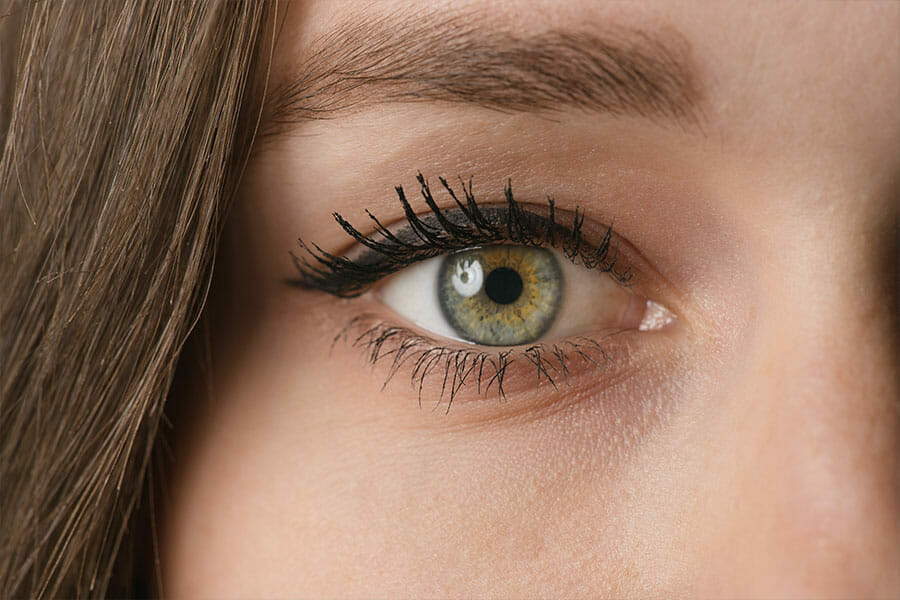In-Office Treatment Options for Dry Eye Caused by Meibomian Gland Dysfunction (MGD)
Systane iLux
The Systane iLux MGD treatment is a portable, hand-held device which utilizes an LED heat source to warm both the inner and outer surfaces of your eyelids. This melts away waxy secretions which can be trapped in the meibomian glands. Once the secretions have been melted, our optometrist will apply compression to your eyelids to express the clogged glands while also observing the process to assess your current condition. This treatment process is typically quick, taking less than ten minutes in the office.
Studies show that this treatment generally results in major improvements in the symptoms of MGD and dry eyes from about two to four weeks after treatment.
Tearcare
TearCare is another treatment for MGD that is done in-office. This system works by using single use adhesive heating patches which are applied to the outside of the eyelids. These patches are in turn connected to a small and reusable heating unit. The heating is applied for 12 minutes, after which our eye doctor will squeeze the lids to open and drain the clogged glands.
A recent study on TearCare showed that it was an effective treatment for both MGD and dry eye, resulting in symptom reductions that lasted at least six months.
LipiFlow
LipiFlow is another in-office medical device for treating MGD. It attaches to the eyelids for 12 minute treatment sessions, and applies heat and pulse pressure to simultaneously melt the waxy deposits in the meibomian glands, and to open and express the glands.
Research has found that a single LipiFlow treatment significantly improves meibomian gland secretions and dry eye symptoms for as long as three years. Learn about the affordable alternative to LipiFlow treatment for dry eyes syndrome here.




















